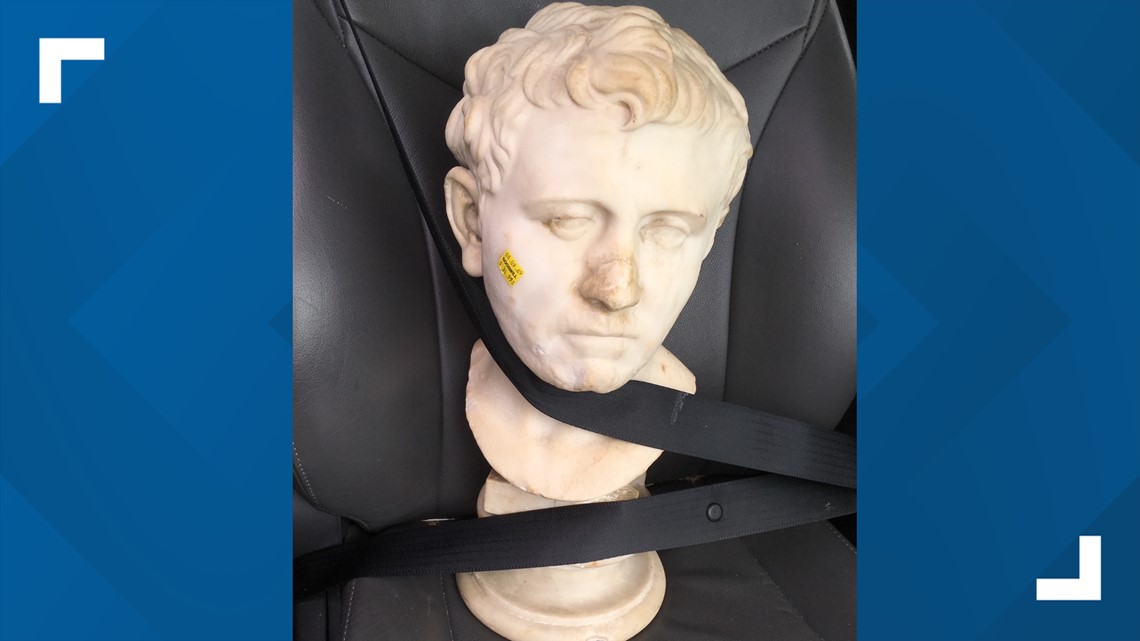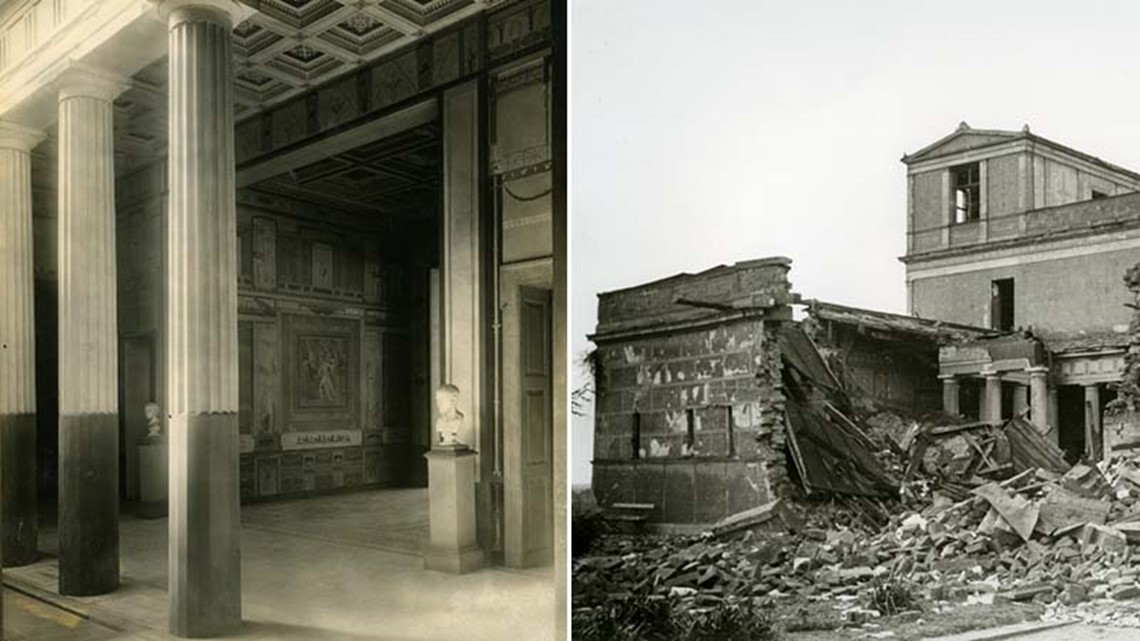
Woman Buys 2000 Year Old Roman Sculpture From Goodwill For $34.99
An art collector and avid thrifter in Austin hit the jackpot while hunting for hidden treasures at a local Goodwill.
Laura Young found a centuries-old bust on the floor under a table at the Goodwill back in 2018 and purchased it for $34.99 At the time, she thought the old and worn sculpture was a cool find, but had no idea it was an ancient piece of art with a mysterious background.
Young spent years trying to determine the sculpture’s authenticity and origin. She met with art experts at the University of Texas at Austin, and contacted auction houses around the country.
One of them confirmed it was an ancient Roman artwork, but it was Sotheby’s consultant Jörg Deterling who determined it dates from the late 1st century BC to the early 1st century AD.
After more detective work, they learned that the 2,000-year-old piece once belonged in the collection of King Ludwig I of Bavaria. That was later confirmed by art experts in Germany.

“There were a few months of intense excitement after that, but it was bittersweet since I knew I couldn’t keep or sell the (bust). Either way, I’m glad I got to be a small part of (its) long and complicated history, and he looked great in the house while I had him,” Young said.
Experts say the artwork was once housed in the Pompejanum, a full-scale replica of a villa from Pompeii built by King Ludwig in Aschaffenburg, Germany in the 1840s. They believe the bust may portray a son of Pompey the Great (106–48 BC), who was defeated in civil war by Julius Caesar. During World War II, Allied bombers targeted Aschaffenburg in 1944 and seriously damaged the Pompejanum.

.
How the sculpture ended up in Texas remains a mystery. When the war ended, it’s possible a soldier brought the sculpture home to Texas when he returned.
“It’s a great story whose plot includes the World War II-era, international diplomacy, art of the ancient Mediterranean, thrift shop sleuthing, historic Bavarian royalty, and the thoughtful stewardship of those who care for and preserve the arts,” said Emily Ballew Neff with the San Antonio Museum of Art.
As part of the agreement to return the sculpture to its rightful home in Germany, the Bavarian Administration of State-Owned Palaces agreed it could be displayed by SAMA until 2023.
“We are very pleased that a piece of Bavarian history that we thought was lost has reappeared and will soon be able to return to its rightful location, said Bernd Schreiber, president of the Bavarian Administration of State-Owned Palaces, Gardens, and Lakes.
You can see the ancient bust at SAMA through next May.
Check out our other articles to stay up to date with all things Vintage, Thrifting and more!
Images and quotes from KHOU.com
Discussion
Be the first to leave a comment